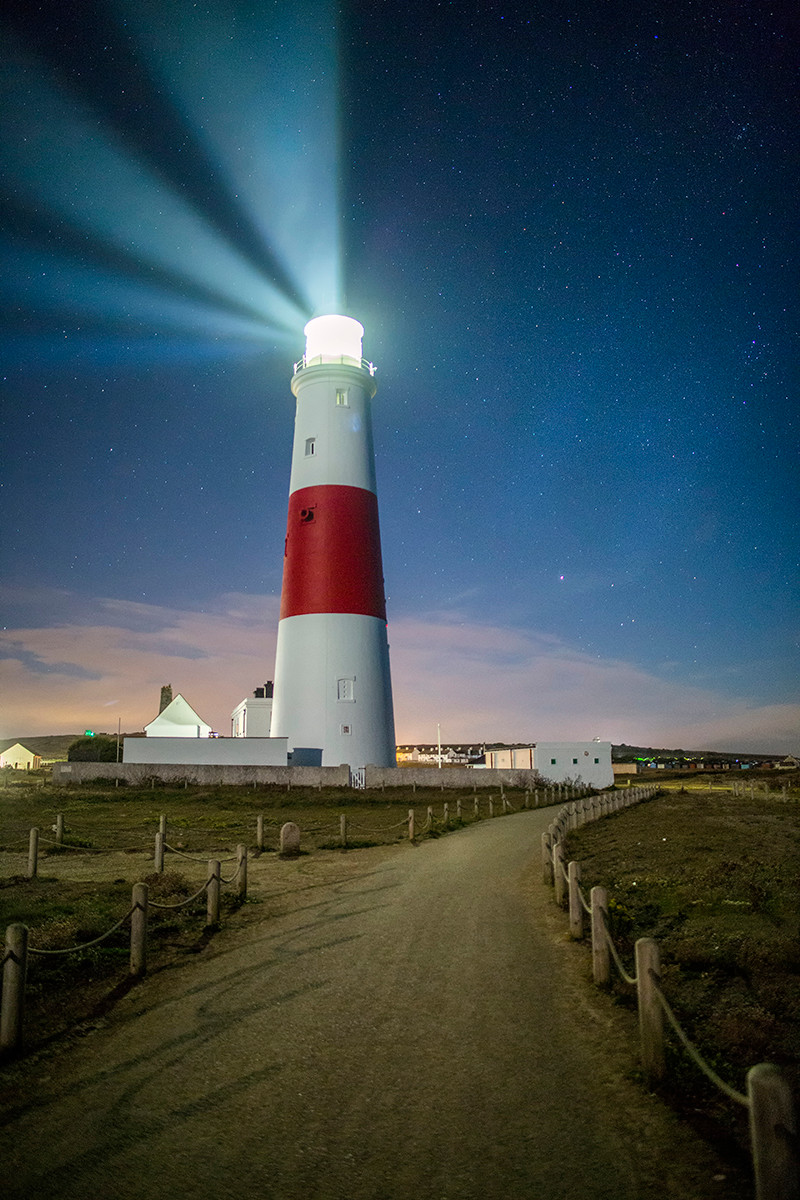A new recommendation from the ENG Committee
The AtoN Engineering & Sustainability Committee (ENG) have recently completed their work plan in time for the General Assembly in Korea. One of the committee’s work streams was to review the guidance on how to measure lights and what range is associated with a particular intensity, flash length and flash shape. After a good deal of review, analysis and practical assessments from experts across the world, a new Recommendation is being proposed to the Council using the Modified Allard Method for Effective Intensity as the recommended measurement method for lights.
Dr Alwyn Williams of the ENG Committee writes:-
“When a mariner sees a flashing light, the intensity that is perceived is not the actual intensity of the light, but a lower intensity based on the shape and length of the flash. This lower intensity is known as the “effective intensity” and is used to calculate the nominal range of a light. Over the years, a number of methods have been proposed and used to calculate effective intensity, and in October 2017, the ENG Committee agreed to harmonise the calculation to a single method. This method, known as the Modified Allard Method, is built upon years of research and experimentation on the way the human visual system responds to flashing lights. It will supersede previous models such as the Schmidt-Clausen and the Blondel-Rey-Douglas methods recommended in previous years. It should be noted that the method is equivalent to the well-known Blondel-Rey method for rectangular shape flashes, such as those used in simple LED lanterns. For more complex flashes, such as those produced by rotating optics in many lighthouses, the Modified Allard Method should be used.
One notable change is the visual constant that defines how fast the eye responds to a flash of light. In previous models, including Modified Allard Method, it has had the value of 0.2 s. However, this value was determined when the eye can only just detect the light. IALA require the minimum illuminance at the eye to be higher than this, and as such, the human visual system is able to respond quicker. Through the process of experimentation and observations, it has been determined that the value of the visual constant is closer to 0.1 s at illumination levels applicable to marine AtoN. The implication of the change is that for a given flash of light, the effective intensity is higher than previously thought, leading to a potential reduction in the amount of power required to meet the performance requirement of an AtoN light. “
The Draft IALA Recommendation R0200-4 (E200-4) incorporates both of the changes above, and will be applicable to lights installed after the publication of the recommendation.
This is the culmination of many years discussion and will have a minor impact on the intensity of a declared range of light for some flash shapes

